Entire Generations of Aviators Learned to Fly in This Classic Radial Engine Giant– The Mighty T-28 Trojan
When North American Aviation (NAA) began developing what would eventually become the T-28 Trojan trainer in late 1947, they could not have known that their next trainer design would serve in multiple roles for more than 30 years with nearly 30 countries around the world. The Trojan would replace NAA’s previous trainer design, the hugely successful T-6/SNJ Texan, in both United States Air Force (USAF) and US Navy/Marine Corps service.
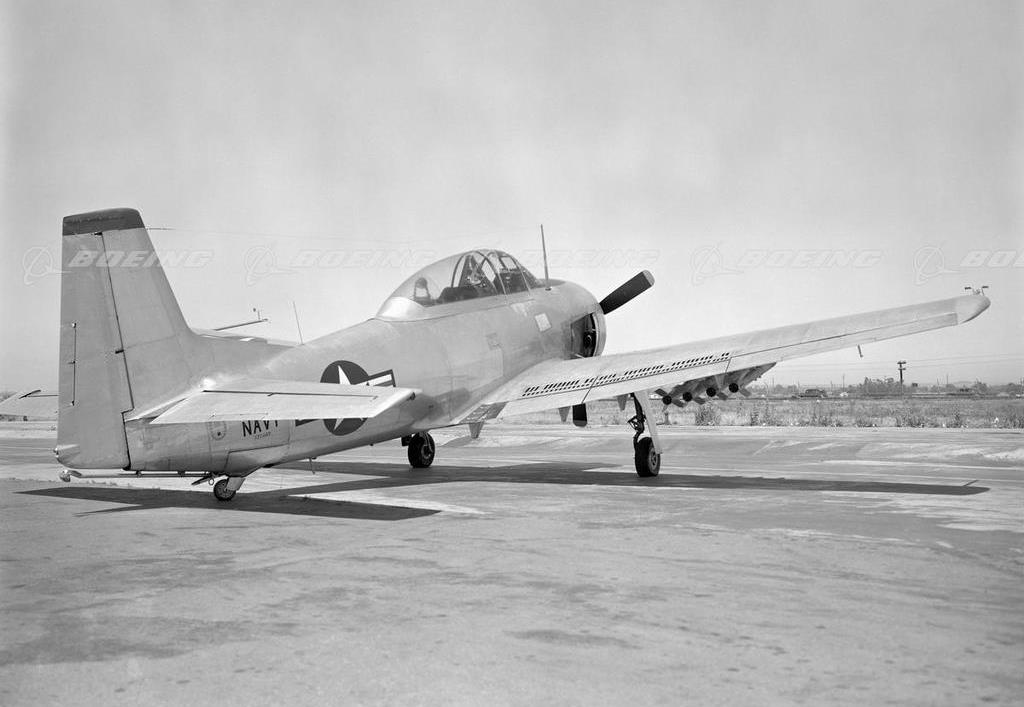
A Taildragger Trojan?
The first T-28 prototype was actually designated XSN2J-1- later changed to XT-28. This development of the T-6 was configured as a taildragger, like the T-6, but all subsequent prototype and production T-28s were equipped with tricycle landing gear. The XT-28 first flew on 24 September 1949. Subsequent USAF suitability testing, performed at Eglin Air Force Base (AFB) by the 3200th Fighter Test Squadron during mid-1950, resulted in contracts being issued for the first of what would become a total of 1,948 T-28 airframes (all models) built between 1950 and 1957.
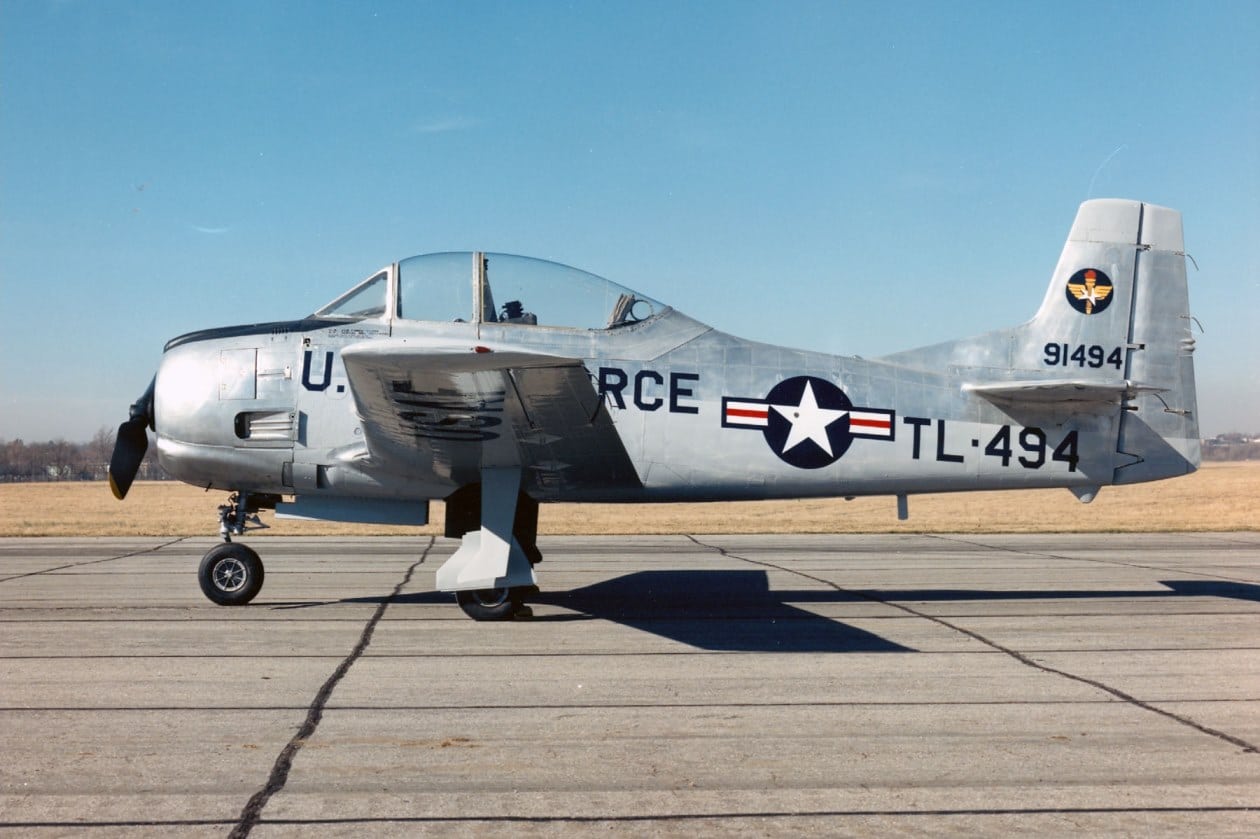
T-28 Trojan for the Air Force
Jet-powered aircraft were in service, and the T-28 Trojan was the first trainer designed to train pilots to fly those early jets. The initial version of the Trojan, the T-28A, was powered by an air-cooled 900-horsepower Wright R-1300-1 Cyclone radial seven-piston engine turning an Aeroproducts two-bladed propeller. The four-stack exhaust configuration of the T-28A resulted in the A model never sounding like it was running smoothly, but that didn’t stop the USAF from taking delivery of some 1,194 T-28As between 1950 and 1953.
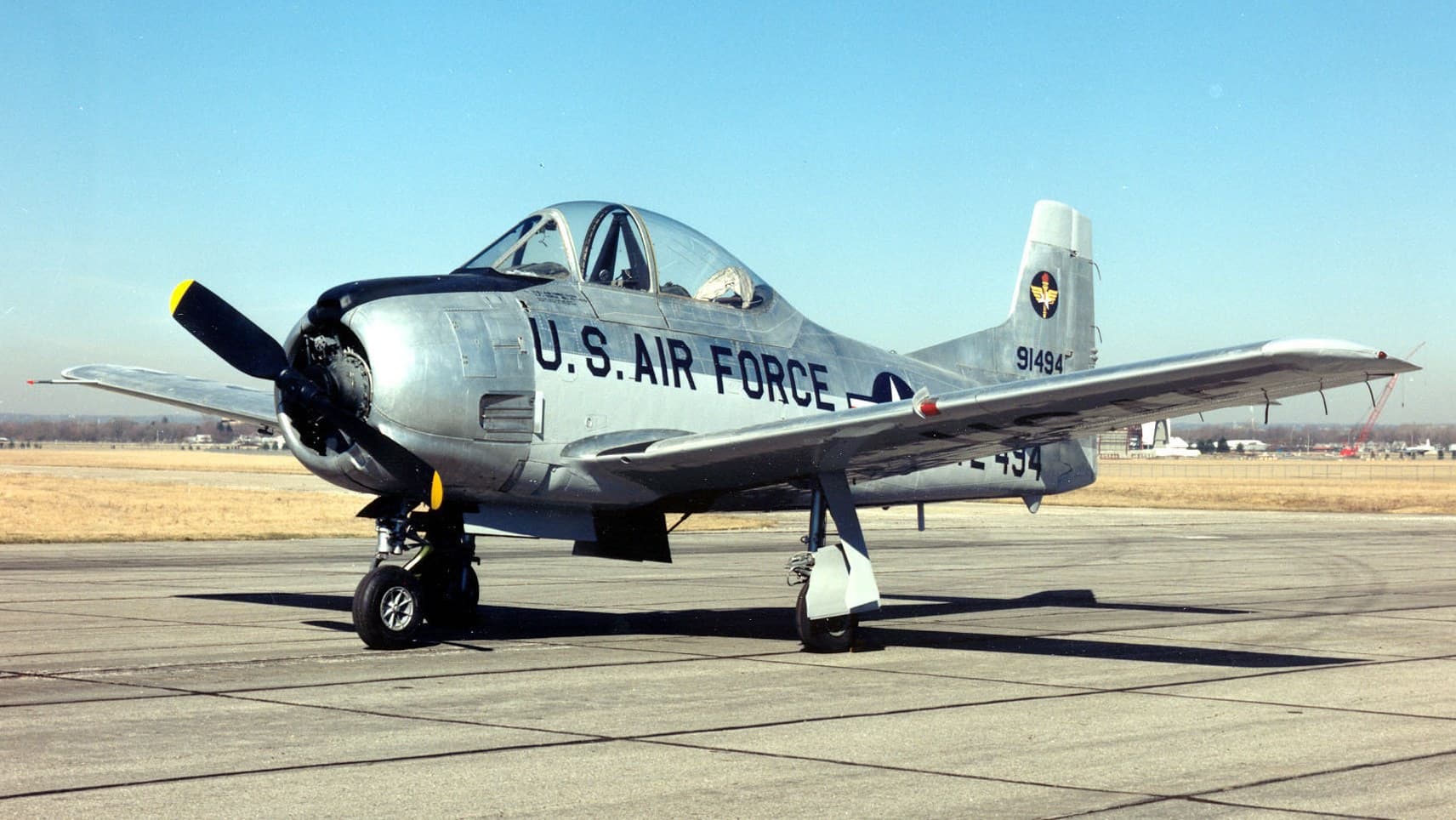
A Relatively Short Career with ATC
In USAF Air Training Command (ATC) service, the T-28A was reportedly somewhat sluggish in flight but honest, predictable, and generally easy to fly and maintain. During the mid-1950s, with the USAF transitioning to jets, the Air National Guard (ANG) began flying T-28As while runways were being built to accommodate the new jets. Replaced in the USAF pilot training role by the combination of the piston-engine Beech T-34 Mentor and the jet-powered Cessna T-37 Tweet, Air Force T-28As were all but retired by the end of the 1950s, with many stored in the desert outside Tucson in Arizona.
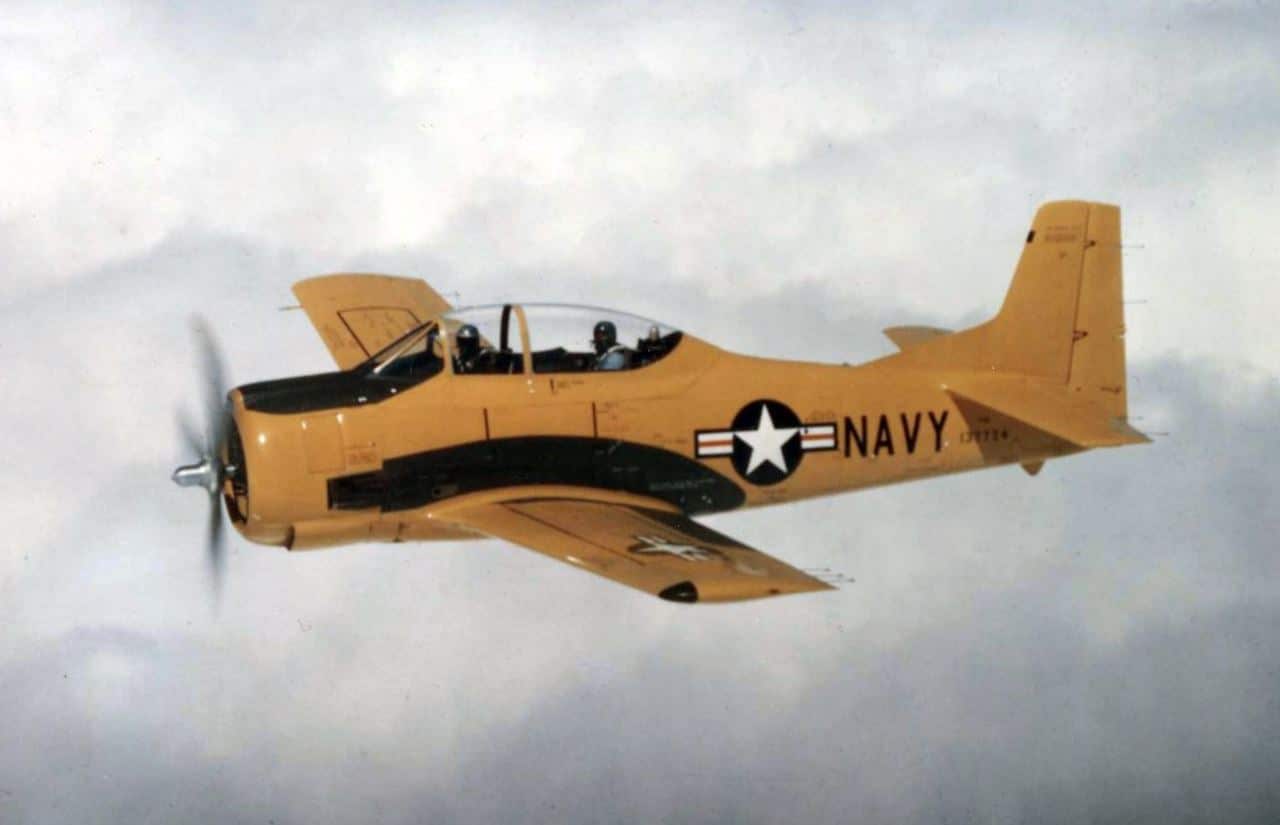
Powering Up the Navy Trojan
Meanwhile, the Navy was looking at the T-28, but with significant changes to the power plant. Navy T-28B and T-28C variants would be powered by the beefier air-cooled 1,425-horsepower Wright R-1820-86A or -9HD Cyclone radial nine-piston engine turning a three-bladed Hamilton Standard propeller. The T-28B flew for the first time on 6 April 1953. Weighing in at a little more than 8,000 pounds, the Bravo was capable of 300 knots (346 miles per hour) and a service ceiling of 37,000 feet.
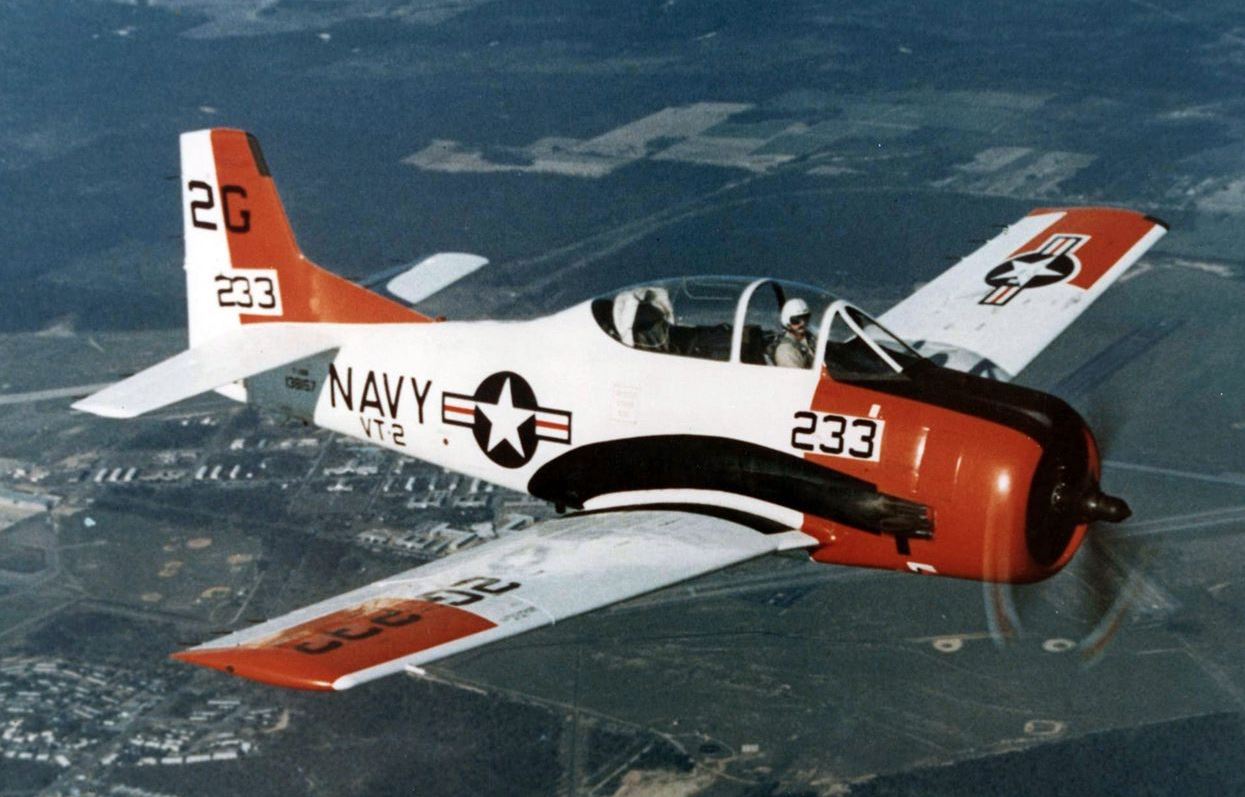

[…] the Curtiss C-46 Commando and Douglas C-47 Skytrain airlifters, Douglas B-26K Invader bombers, and North American T-28D Trojan counter insurgency (COIN) aircraft, the group is still operational as the 1st Special Operations […]